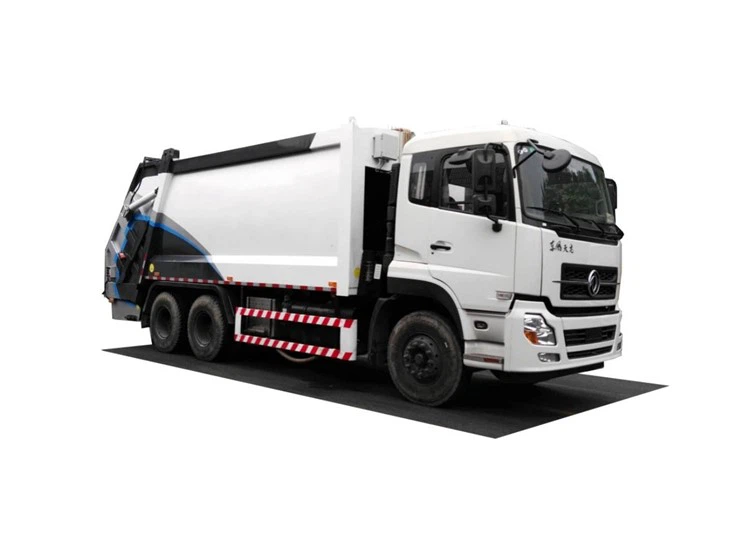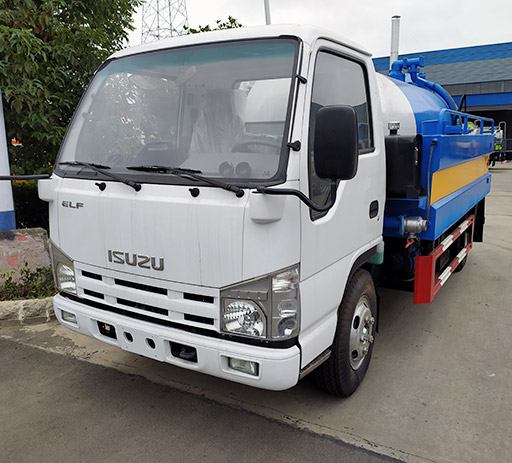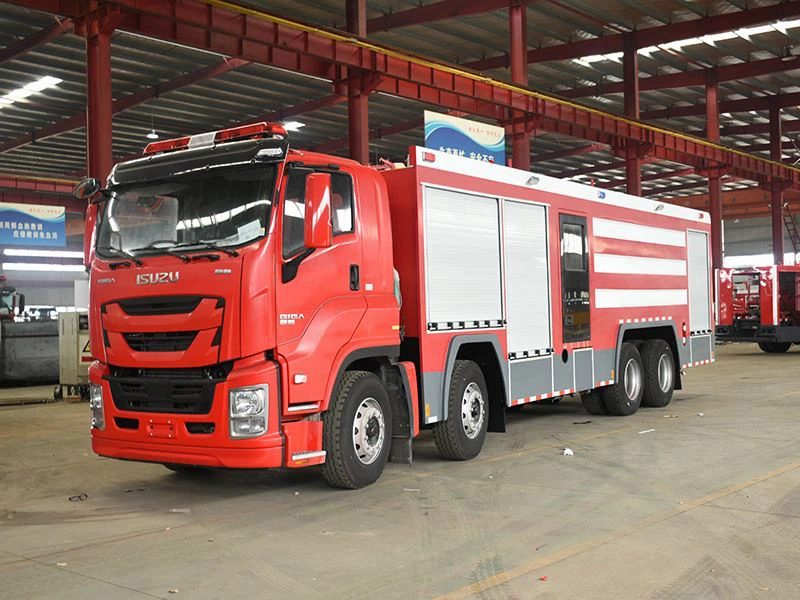LPG vs. LNG: Understanding the Differences and Benefits

In recent years, the demand for cleaner and more efficient energy sources has been on the rise. Two popular options in this category are Liquefied Petroleum Gas (LPG) and Liquefied Natural Gas (LNG). While both are derived from petroleum and natural gas processes, they serve different purposes and have distinct characteristics. This article aims to provide a comprehensive overview of LPG and LNG, their uses, benefits, and key differences, and offer practical insights for consumers and businesses.
What is LPG?
Liquefied Petroleum Gas (LPG) is a flammable mixture of hydrocarbon gases, primarily propane and butane. It is produced during natural gas processing and petroleum refining. LPG is stored under pressure, which transforms it into a liquid form, making it easier to transport and store. It is widely used for various applications, including cooking, heating, and as a fuel for certain vehicles.
Common Uses of LPG
- Domestic Heating: LPG is commonly used in homes for heating water and cooking.
- Industrial Applications: It serves as a fuel in manufacturing processes, such as metal cutting and glass production.
- Automotive Fuel: LPG is utilized in specially designed vehicles and is referred to as autogas.
- Agricultural Uses: It is used in greenhouses, for crop drying, and in farming equipment.
What is LNG?
Liquefied Natural Gas (LNG) consists primarily of methane and is created by cooling natural gas to -162°C, which transforms it into a liquid. This process reduces its volume significantly, making it easier to transport over long distances. LNG is not only used for residential cooking and heating but also serves as a feedstock in petrochemical plants and a fuel for power generation.
Common Uses of LNG
- Power Generation: LNG is becoming an increasingly popular choice for electricity generation.
- Marine Fuel: LNG is used as a cleaner fuel alternative for ships and vessels.
- Industrial Heating: It is utilized in various industrial processes requiring high heat.
- Export and Import: Many countries rely on LNG imports to meet their energy needs.
Key Differences Between LPG and LNG
| Feature | LPG | LNG |
|---|---|---|
| Composition | Primarily propane and butane | Primarily methane |
| State at Room Temperature | Gas | Gas |
| Storage | Stored as a liquid under pressure | Stored as a liquid at low temperatures |
| Usage | Domestic and automotive fuel, industrial applications | Power generation, large-scale industrial usage |
| Environmental Impact | Lower emissions than fuel oil but higher than LNG | Lower emissions, considered cleaner energy source |
Benefits of LPG

Versatile Energy Source
LPG can be used in various applications, making it a highly adaptable energy solution. Its ability to change states—liquid or gas—provides flexibility depending on the needs of the user.
Efficient and Portable
Due to its high calorific value, LPG requires less storage space and is more efficient than many other fuels. This is particularly beneficial for small businesses and residential users.
Lower Emissions
While LPG is not as clean as LNG, it does produce fewer emissions than other fossil fuels, such as coal and oil, contributing to a reduction in air pollution.

Benefits of LNG
Environmental Advantages
LNG produces significantly lower greenhouse gas emissions compared to coal or oil, making it an eco-friendly alternative for electricity generation and other applications.
Energy Security
Countries can import LNG to diversify energy sources, reducing dependence on a single source of energy and enhancing energy security.
Cost-Effective Fuel
LNG is often cheaper than LPG due to its abundance in certain regions and the lower cost of production and transportation.
Storage and Transportation of LPG and LNG
LPG Storage and Transportation
LPG is typically stored in pressurized tanks or cylinders. These can be found in homes, businesses, or large storage facilities. Trucks, railcars, and ships are commonly used for transporting LPG, and it is delivered to consumers through pipelines or tankers.
LNG Storage and Transportation
LNG requires specialized cryogenic tanks to maintain its low temperatures. It is usually transported in large tankers, which can carry substantial volumes over long distances. The infrastructure for LNG distribution includes regasification terminals, where the LNG is converted back to gas for use.
Safety Considerations
LPG Safety
While LPG is generally safe when handled correctly, proper storage and usage are crucial to prevent leaks and accidents. Regular inspections and maintenance of equipment are essential for safety.
LNG Safety
LNG is considered safe to handle, but it requires specialized training for personnel involved in operations. Safety protocols around low temperatures and potential flammability are vital to ensure safe usage.
Regulatory Framework and Standards
Global Regulations
Both LPG and LNG are subject to strict regulatory guidelines in their respective countries. These regulations govern production, transportation, storage, and usage to ensure safety and environmental protection.
Safety Standards
Organizations such as the American National Standards Institute (ANSI) and the International Organization for Standardization (ISO) provide safety standards that LPG and LNG facilities must adhere to in their operations.
Practical Tips for Consumers
Choosing Between LPG and LNG
When deciding which fuel to use, consider the following factors:
- Cost: Compare the costs of LPG and LNG in your region.
- Availability: Determine which fuel is easily accessible in your area.
- Usage: Evaluate your energy needs—heating, cooking, or industrial.
Maintaining LPG Systems
Regular maintenance ensures that LPG appliances operate efficiently. Here are some tips:
- Schedule annual inspections with certified technicians.
- Inspect all connections and hoses for leaks or wear.
- Keep areas around LPG appliances free from flammable materials.
Sourcing LNG
For businesses looking to source LNG, consider the following:
- Research reliable suppliers with a good reputation.
- Check for existing infrastructure to support LNG usage.
- Evaluate pricing and contractual terms before committing.

Frequently Asked Questions (FAQ)
1. What are the main components of LPG?
LPG is primarily composed of propane and butane, both of which are hydrocarbons derived from fossil fuel sources.
2. Is LNG safer than LPG?
Both fuels have safety measures in place, but LNG is often considered safer due to its non-toxic nature and the technologies used in its handling.
3. Can I use LPG in my car?
Yes, LPG can be used as an automotive fuel, but vehicles must be specifically modified to use it.
4. How is LNG transported?
LNG is transported in specialized cryogenic tankers designed to maintain its low temperature and keep it in liquid form during transit.
5. What are the environmental impacts of using LPG and LNG?
LPG produces fewer emissions than many traditional fuels, while LNG boasts even lower emissions, making it a cleaner option for energy use.
6. How do I choose between LPG and LNG for my home?
Consider factors such as availability, cost, and your specific usage needs when making this decision.
